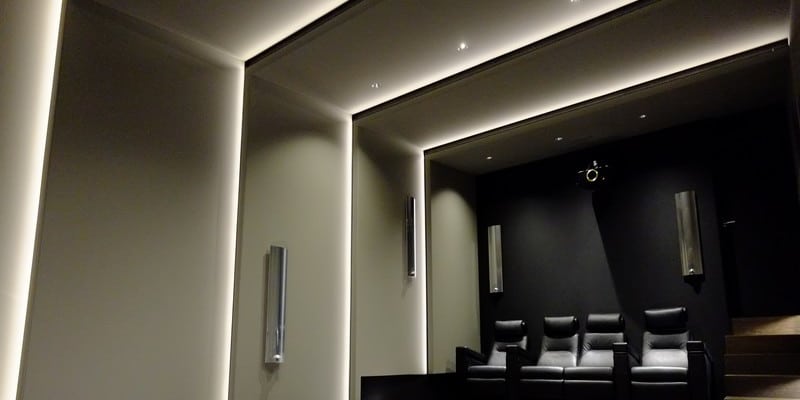
05 Jun Acoustic correction basics
When a sound wave comes into contact with a material, some of the energy is reflected, another part is absorbed into the material and the remainder passes through it.
More and more reverberating materials are used in architecture: concrete, glass, parquet, tiles. Hard and dense and with their flat surface they facilitate the propagation of sound waves.
When several people emit noise, the sound pressure can increase rapidly. From 72 dB can not be understood any more.
This is the « cocktail effect » where noise levels increase uncontrollably as people speak louder and louder to make themselves heard.
The installation of absorbent materials such as tensile ceilings, stretched walls or acoustic baffles, limits the sound pressure and increases comfort. People can concentrate and work productively, without irritation and stress caused by noise.
The quality of the sound absorption is determined by the arrangement of the space and the materials used.
Certain micro perforated technical fabrics used in wall or stretch ceiling offer excellent sound absorption properties. Their performance in terms of acoustic correction is measured as a function of their impact on the reverberation time.
The reverberation time is defined as the time required for the sound pressure level to drop by 60 dB after the sound source is interrupted.
ABRIUM offers different composite fabric technologies for walls and acoustic stretch ceilings with properties adapted to the building: for example, impact resistance (gym), chlorine and moisture (pool). Some technical fabrics combine acoustics and design (color, translucent for retro-lighting, and printing of custom designs).


